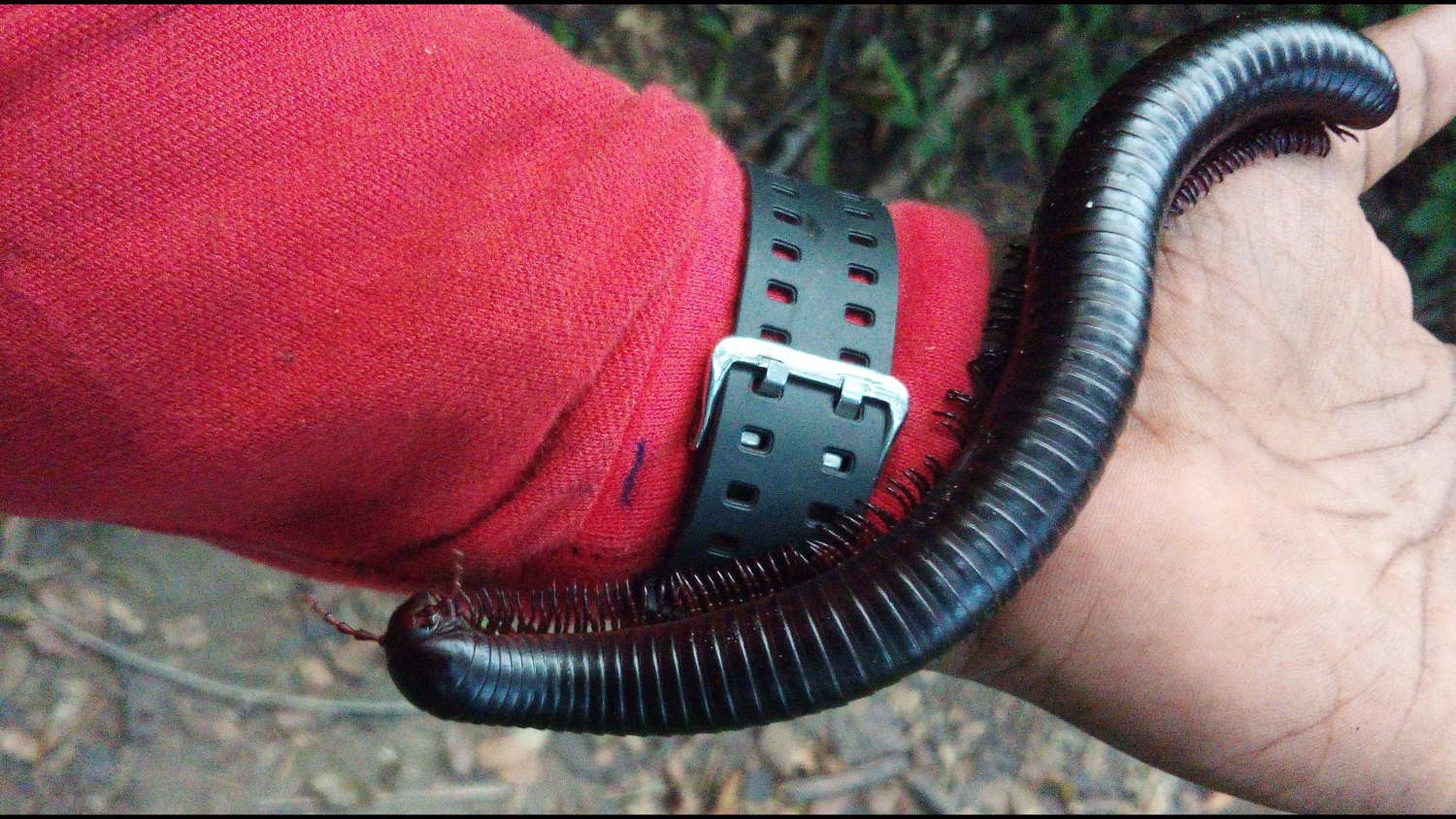UniSC researchers have uncovered a new genus and five new species of millipedes in remote African jungles – and say the many-legged creatures could hold important clues to whether woody vines are choking or protecting the world’s forests.
University of the Sunshine Coast Professor Andy Marshall said they found the millipedes – with heads that look somewhat like Star Wars characters – among forest litter and loose soil while researching tree and vine growth in the Tanzania’s remote Udzungwa Mountains.
The new genus and species were officially described recently in the European Journal of Taxonomy in a paper titled ‘A mountain of millipedes’, with six international collaborators including lead author Professor Henrik Enghoff of the University of Copenhagen.
“The millipedes will help us to determine two very different theories on the role of vines on forest recovery – whether the vines are like bandages protecting a wound or ‘parasitoids’ choking the forest,” Professor Marshall said. [Link to recent study here]
“We record millipedes of all sizes during our fieldwork to measure forest recovery because they are great indicators of forest health, but we didn’t realise the significance of these species until the myriapodologists had assessed our specimens."
“It’s remarkable that so many of these new species did not appear in earlier collecting of millipedes from the same area, but we were still hoping for something new."
The project, funded by the Australian Research Council, aims to understand global forest recovery from heavy disturbance.
Recent findings, part of a global research collaboration, suggest warmer temperatures are a key driver in woody vines taking over the forests already disturbed by logging and other impacts [more details here].
Known for their multitude of legs, the largest African millipedes can grow up to 35 centimetres.
Professor Marshall, from UniSC’s Forest Research Institute, said while the millipedes they found were only a few centimeters long – they still had around 200 legs each.
It is not the first time Professor Marshall has had the thrill of discovering new species during his research, including a new chameleon and new species of tree that could already be on its way toward extinction.
He said unearthing the new genus and species of millipedes highlighted the huge amount of discovery remaining in tropical forests.
Professor Enghoff and the team named one of the new species Lophostreptus magombera after the Magombera Nature Reserve, a biologically unique forest which Professor Marshall has been working to conserve since the turn of the millennium. More details here.
The millipede specimens are now in Denmark’s Natural History Museum at the University of Copenhagen.
The new genus is Udzungwastreptus. The five new species are Lophostreptus magombera; Attemsostreptus cataractae; Attemsostreptus leptoptilos; Attemsostreptus julostriatus and Udzungwastreptus marianae.
Media enquiries: Please contact the Media Team media@usc.edu.au




